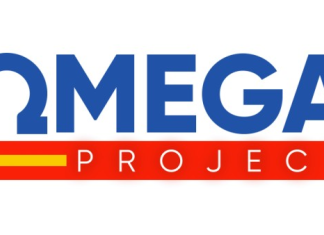Refundable employee retention tax credits have become a popular tool for companies trying to retain employees in a tight labor market. With the cost of recruiting, hiring, and training new employees rising, it’s never been more important to keep your best people from jumping ship. Fortunately, there are a variety of tax credits that can help you keep good workers and reduce your company’s tax liability at the same time. But in an environment where businesses often need every last dollar to stay afloat, knowing how to optimize your refunds can be the difference between retaining employees and losing them.
Learn how to maximize your refundable claims for the Employee Retention Tax Credits with a simple process that requires less than 15 Minutes of your time from The ERTC Experts .
What follows is an introduction to these three strategies for keeping more of your hard-earned dollars when it comes time to file your taxes.
Rotating Short-Term Tax Credits
Short-term tax credits are designed to encourage businesses to take a short-term loss in the name of long-term gain. The best example of this is the Work Opportunity Tax Credit (WOTC), a refundable tax credit that businesses can claim for hiring certain groups of workers who are frequently overlooked by the job market, such as veterans, the disabled, and former substance abusers.
The WOTC is structured as a 10% tax credit, with a $2,400 per employee maximum. The initial credit is only 10% of the employee’s annual wages. However, this credit phases out over time. The WOTC is based on a 12-month period, and at the end of that period, the credit expires.
Tax Liability Shifting
Another way to maximize your tax credits is to shift your tax liability to another quarter with the help of a seasonal business. If you have a seasonal business, then you know that you have to plan for a large tax bill towards the end of the year.
If you can’t pay that bill, the IRS may hit you with a penalty. That’s why most seasonal businesses aim to have more tax liability in other quarters, such as the first quarter. This is known as tax liability shifting, and it’s an easy way to reduce the amount of taxes you owe the government.
If you have a seasonal business, then you can reduce your taxes by having more tax liability in the first quarter than any other quarter. To do this, you can increase your withholding or estimated taxes. You can also consider paying your quarterly taxes in advance. You may have to pay interest on taxes that are paid early, but you may be able to avoid a penalty altogether.
Payroll Taxes as Retention Credit Insurance
This is one of the best ways to optimize your tax credits, but not everyone is eligible. If you are self-insured for your company’s health insurance premiums, you may be able to get a refundable credit for your payroll taxes.
If you have employees, you have to pay insurance premiums for each of them. For example, the average single premium for a health insurance plan is currently $1,933. If you have 50 employees on your plan, you’d owe $96,650 in premium taxes. These taxes can be refunded if you use them as retention credit insurance by paying your full health insurance premiums up front and then filing a 1099-C Cancellation of Debt form with the IRS.
Bottom line: Don’t leave your tax refund on the table
If you’re a small business trying to retain employees, then you know how important it is to keep as much of your hard-earned money as possible. Every dollar counts when you’re trying to get through the year, and that’s why it’s important to know how to maximize your tax credits and refunds.
Discover the ERTC Experts’ strategies that will enable you to keep more of your money in your pocket and away from the IRS HERE.






























